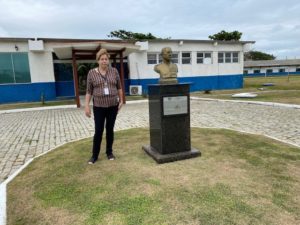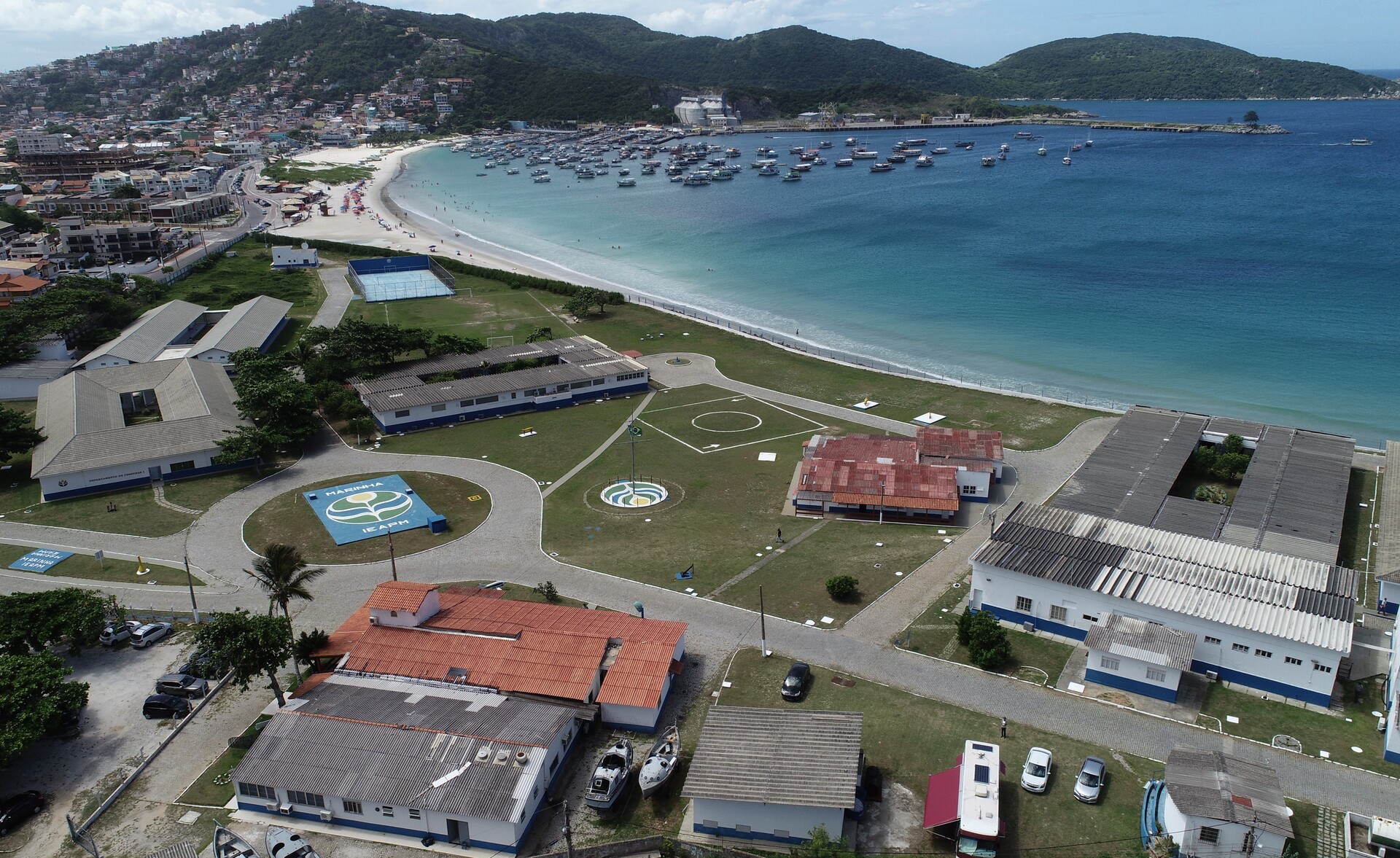In a large area of Anjos beach, in the coastal city of Arraial do Cabo, in Rio de Janeiro state, the Brazilian Navy’s (MB) Marine Biotechnology Department set upfive new laboratories within the Almirante Paulo Moreira Institute for Sea Studies (IEAPM), a science, technology, and innovation institution under the Navy Technology Center.

IEAPM’s research is essential for the MB to develop strategies to comply with international conventions, such as the International Convention for the Prevention of Pollution from Ships, known as MARPOL 73/78, and reach environmental goals, such as preventing and responding to oil spills or other hazardous substances in Brazilian jurisdictional waters, which may also affect the region.
The Marine Biotechnology Department focuses on different areas of marine biology and enjoys many partnerships with national and foreign institutes and universities, allowing visiting researchers and students to conduct their work.
The new laboratories’ main studies focus on monitoring the impact of oil spills on the marine environment and health. A practical example of the importance of this research was MB’s work in the analysis of the 2019 northeast Brazil oilspill, which, between August and November, affected 130 municipalities along the coast, killing marine life, polluting beaches, and harming thousands of fishermen.
“Our laboratories were very active in that episode, analyzing all the samples collected by the Navy during the spill. We did forensic analysis to identify the culprit. We collected samples from the environment and from the ships, which were compared to try to find the origin of the accident,” Eliane Gonzalez Rodrigues, IEAPM director, told Diálogo.
The new laboratories are also studying how to combat marine bioinvasion — the expansion of species into regions where they did not previously exist — thatimpacts the ecosystem and causes thereduction of native species, loss of biodiversity, and coastal habitatmodifications, among others. Another area of focus is combating biofouling, which is the accumulation of marine organisms on ship hulls, piers, and oil platforms, which reduces maneuverability and speed of vessels and increases weight.
Another example of the use of MB’s research, Gonzalez Rodrigues said, is the fight against the invasive golden mussel (Limnoperna Fortunei), which not only harms the environment but also causesenormous economic losses to the countryby fouling and clogging the turbines of hydroelectric plants. According to the Brazilian Institute for the Environment and Renewable Natural Resources, the mussel is already present in at least 50 Brazilian hydroelectric plants, with daily losses due to the cleaning and unclogging of turbines and the downtime required to perform these services.
“We have a study related to this species to see how it settles, its life cycle, how it entered the country, its origin, how to control it, and where it is found,” the IEAPM director said. The mussel, native to China, is devastating ecosystems as it spreads through South America, threatening the Amazon basin, the academic journal Science reported.
The five laboratories were inaugurated in late April. The new facilities join the other 15 laboratories that are part of the Marine Resources Laboratory complex. Currently, IEAPM has more than 320 people, between military and civilians,with researchers accounting for about 23 percent.









